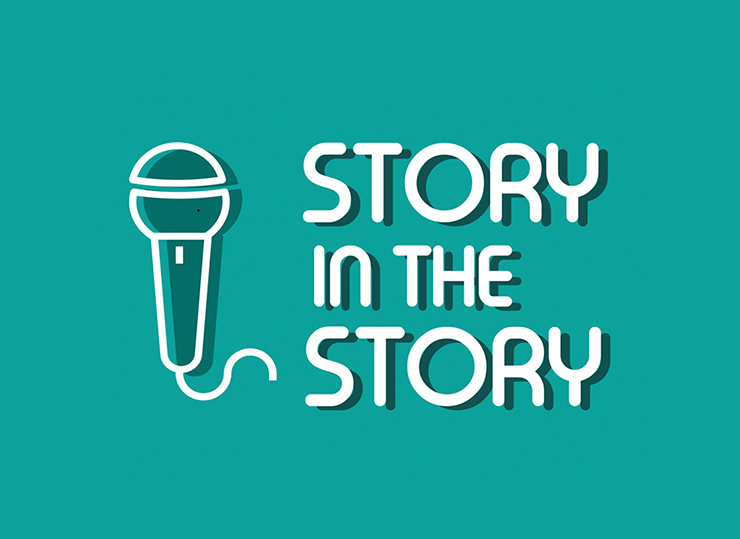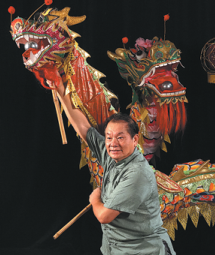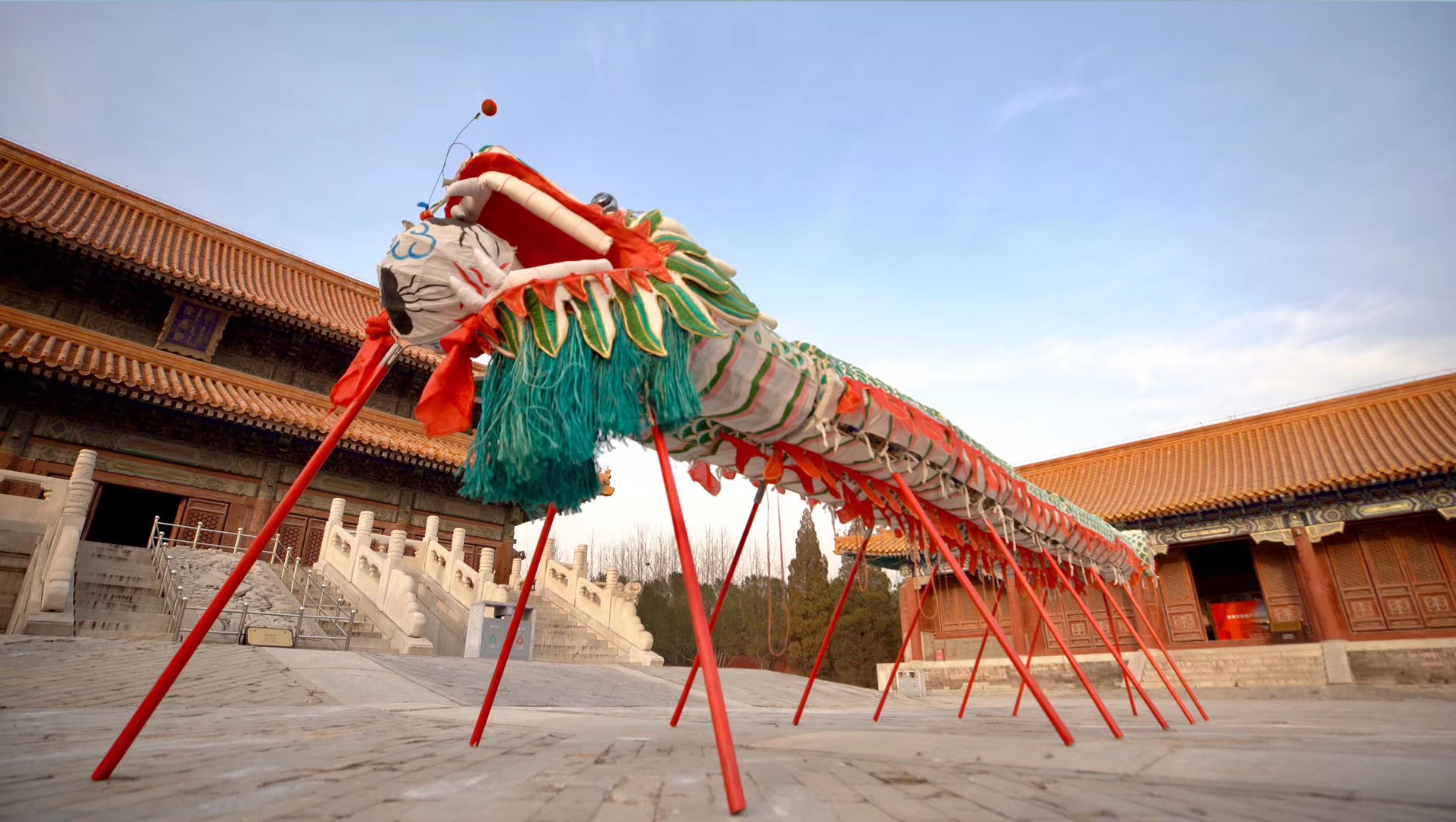
From the People's Daily App.
This is Story in the Story.
Lu Dajie, a 72-year-old inheritor of the Pudong dragon dance, says he's glad the Shanghai Pudong New Area Sanlin Town Cultural Service Center has been assigned to protect the dance.
He says the government's continuous support over the past decade has enabled the dance, which is believed to be a 2,000-year-old rain-and-harvest ceremony, to undergo a revival.
It has been used in recent years to commemorate significant occasions, such as the opening ceremonies of new stores, festivals and competitions, Lu says.
"The dragon dance has entered the cultures of the army, communities and campuses in recent years," Lu says.
"This shows that intangible cultural heritage is still very much alive. Some schools have started to teach students and some universities offer courses."
Today’s Story in the Story looks at the dragon dance, which is based on legendary creatures in Chinese mythology and folklore.

Lu Dajie is an inheritor of the Pudong dragon dance, which has seen a revival thanks to the government's efforts. (Photo: China Daily)
The Ministry of Culture and Tourism tasked 63 departments and organizations in Shanghai with the protection of 55 forms of the city's intangible cultural heritage in November, including operas, festival lanterns and paper-cutting.
The assignments are intended to enhance the preservation of the city's traditions. The Shanghai Intangible Cultural Heritage Center was given the overall responsibility of protecting and promoting local heritage.
"The list is helpful for identifying protection responsibilities and improving such mechanisms as support and supervision," the center's office director Zhang Liming says.
Lu says: "I believe the dragon dance will survive and evolve with so many people caring about intangible cultural heritage."
Dragons are legendary creatures in Chinese mythology and folklore. In contrast to European dragons, which are considered evil, Chinese dragons traditionally symbolize potent and auspicious powers, particularly control over water, rainfall, hurricane and floods.
Such a lucky beast always takes center stage during the Spring Festival.
The dragon dance in Yixian County is not only for dancing but also forms different Chinese characters, which is why, unlike other forms of dragon dances, it is called "baizi" or "character-forming" dragon dance.
It has 13 segments, representing 13 strokes, and an embroidered flower ball to lead the team.
Chinese characters with fewer than 13 strokes can be formed.

The 13 segments and embroidered flower ball, part of the county's dragon dance. (Photo: CGTN)
Zheng Qingkun, the provincial-level intangible cultural heritage inheritor of the county's dragon dance, explained the history behind the number 13.
"One theory is that Emperor Qianlong (of the Qing Dynasty, 1644-1911) set the number 13 in memory of his father, who was emperor for 13 years. Another theory is that there are 12 months in a year, and the extra segment represents the leap month," he said.
To display the characters neatly and clearly, Zheng spends a lot of time on choreography.
The position of the embroidered flower ball is crucial because a rope connects each segment when the characters are formed.
"When participating in the dragon dance, one must keep his eyes on the ball, jog slowly, then break into a run so the dragon becomes vivid and lively, like a real dragon," Zheng said.
Confiding that he too made mistakes when he first stepped onto the stage, Zheng said practice and more performances led to more and more perfect shows.
Rehearsing over and over again, the performers in Yixian County, like master Zheng, have been doing the dragon dance for decades, thus making a great contribution to enriching the joyful atmosphere for Spring Festival.
(Produced by Nancy Yan Xu, Brian Lowe, Lance Crayon and Paris Yelu Xu. Music by: bensound.com. Text from China Daily and CGTN.)


